Photo exhibition of Ana Palacios. Produced by CIDSE in collaboration with REPAM, co-funded by the European Union.
THIS EXHIBITION is ready to travel and show in any place that our member organisations decide. The texts of the photo exhibition are ready to use in English and Spanish. Please, if you are interested or have any other question, get in touch with ogereau(at)cidse.org.
GENERAL DOSSIER of PHOTO EXHIBITION (in PDF) (Spanish / Italian/ English)
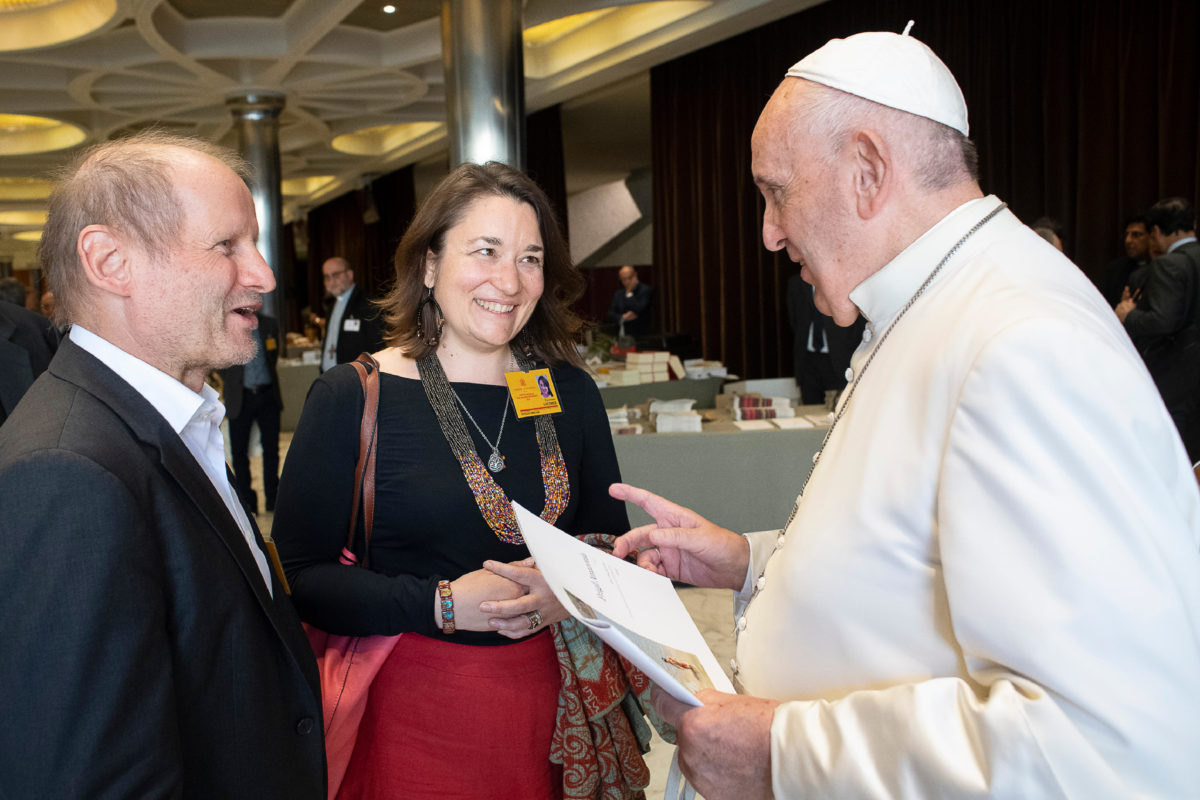
“The Amazon is incredibly powerful, yet beautifully vulnerable. The River, the Forest, and the People are a testament to Creation. How easily we abuse, neglect, destroy, and discard what is most precious, most essential. Through these images, we can hear the voices of the Amazon and stand with them. We are called to question our choices, our privileges, and remember that we are all interconnected”.
Josianne Gauthier, Secretary General CIDSE
“The Pan-Amazon region is a source of life at the heart of the Church and the world. Their particular presence, spiritualities, eco-biodiversity, and beauty speak to us of the mystery of God’s creation. On the other hand, the throwaway culture model is threatening everything that sings life and hope in the region. It is time to act on behalf of life and hope”.
Mauricio López, Executive Secretary, REPAM (Pan-Amazonian Ecclesiastical Network)

“Praise to you, Lord, for your marvelous handiwork in your Amazonian peoples and for all the biodiversity that these lands embrace! (…) I wanted to come to visit you and listen to you, so that we can stand together, in the heart of the Church, and share your challenges and reaffirm with you a heartfelt choice for the defense of life, the defense of the earth and the defense of cultures”.
Pope Francis Meeting with Indigenous People of Amazonia January 2018, Puerto Maldonado (Peru)
THE AMAZON RIVER IS LIKE AN ARTERY OF THE CONTINENT AND OF THE WORLD, IT FLOWS LIKE VEINS FOR THE FLORA AND FAUNA OF THE TERRITORY, LIKE A SPRING FOR ITS PEOPLES, ITS CULTURES AND ITS SPIRITUAL EXPRESSIONS.
THE AMAZON RIVER BASIN AND THE SURROUNDING TROPICAL FORESTS NOURISH THE SOIL AND REGULATE, THROUGH THE RECYCLING OF MOISTURE, THE CYCLES OF WATER, ENERGY AND CARBON AT THE PLANETARY LEVEL. THE AMAZON IS ESSENTIAL FOR THE DISTRIBUTION OF RAINFALL IN OTHER DISTANT REGIONS OF SOUTH AMERICA AND CONTRIBUTES TO THE GREAT MOVEMENTS OF AIR AROUND THE PLANET. BUT IT IS ALSO THE SECOND MOST VULNERABLE AREA OF THE PLANET WHEN IT COMES TO CLIMATE CHANGE CAUSED BY HUMANS: DEFORESTATION, FIRES, GROUND DISTURBANCE, AND POLLUTION ARE ALL LEADING IT TO A POINT OF NO RETURN.
THE AMAZONIAN INDIGENOUS PEOPLE’S SEARCH FOR “LIFE IN ABUNDANCE” IS EMBODIED IN WHAT THEY CALL BUEN VIVIR (GOOD LIVING): LIVING IN HARMONY WITH ONESELF, WITH NATURE, WITH HUMANITY, AND WITH THE SUPREME BEING. HOWEVER, THE SITUATION IS CRITICAL AND THESE INDIGENOUS PEOPLES SUFFER THE VIOLATION OF THEIR RIGHTS, AS THEIR TERRITORIES ARE DEMARCATED WITHOUT RESPECT FOR THEIR RIGHT TO FREE, PRIOR, INFORMED CONSENT (FPIC).THESE THREATS ARE POSED BY THE ECONOMIC AND POLITICAL INTERESTS OF POWERFUL INDUSTRIES AND EXTRACTIVE COMPANIES, OFTEN IN CONNIVANCE WITH LOCAL AND NATIONAL GOVERNMENTS.
THE PAN-AMAZON SYNOD, BORN OF THE “LAUDATO SI” ENCYCLICAL, IS A SPACE IN WHICH THE POPE SEEKS TO AFFIRM THE IMPORTANCE OF THE AMAZON FOR THE FUTURE OF THE PLANET, AND CALL FOR COHERENCE, PROXIMITY AND COMMITMENT FROM THE CHURCH AS A WHOLE: TO CONTINUE OFFERING ONE’S LIFE IN ORDER TO ATTAIN MORE LIFE.
Important data
The Amazon region comprises parts of 9 different countries: Brazil, Bolivia, Peru, Ecuador, Colombia, Venezuela, Guyana, Suriname, and French Guiana.• It spans a surface area of about 8 million square kilometers. • The Pan-Amazon region is home to 35 million people, of whom nearly 3 million are indigenous peoples.• The indigenous population is comprised of 390 communities, of which 137 are isolated.• Some 240 languages classified into 49 language families are spoken in the area. • Every year, the Amazon River releases 15% of the total supply of freshwater on the planet into the Atlantic Ocean. • Half of the world’s tropical forests are located in the Amazon, and these are home to 15% of the earth’s biodiversity.• A 4ºC increase in temperatures and 40% deforestation are defined as the thresholds that would lead to the desertification of the Amazon.• Now (2019) there is already between 15% – 20% deforestation.
“Fragile Amazon” Photo exhibition of Ana Palacios. Produced by CIDSE in collaboration with REPAM, co-funded by European Union
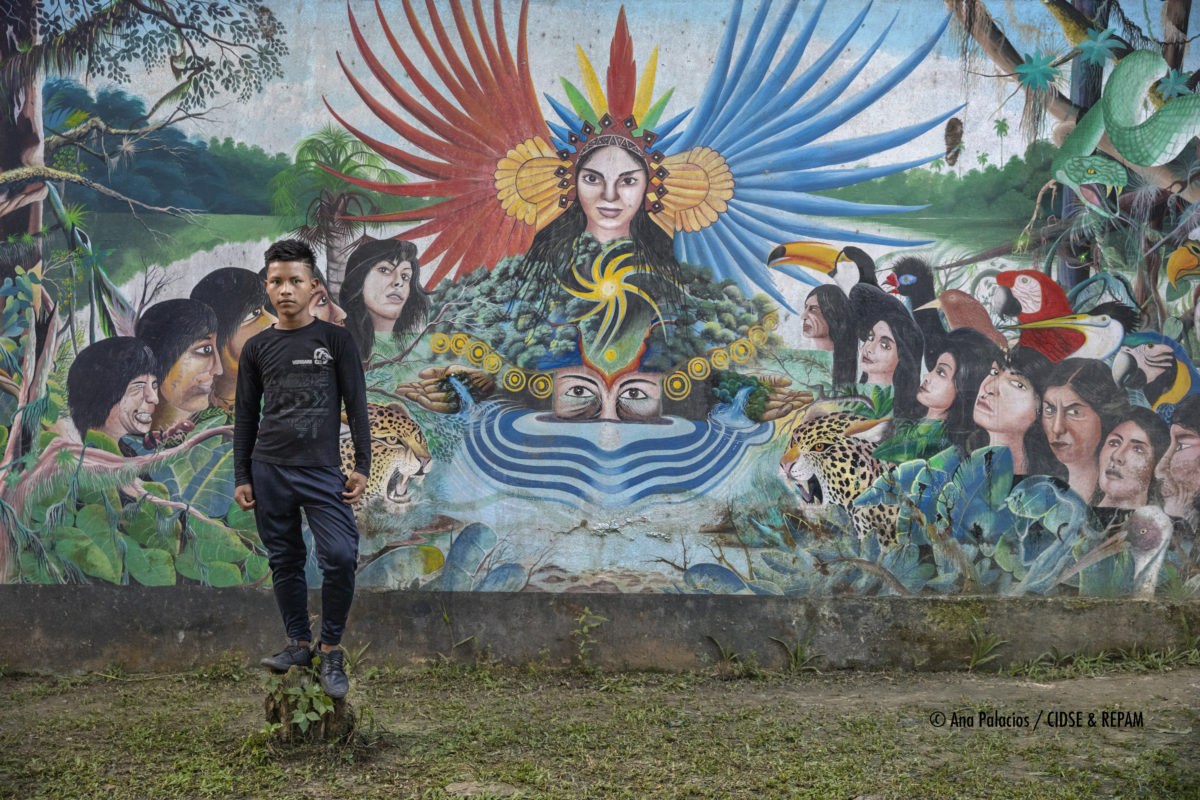
“The Pan-Amazon region is full of jungles and rivers and is home to millions of people whose way of life is based on the resources obtained from the forest: water, air, sun, earth, and everything it offers us for—material and spiritual—sustenance. The way of life in the Amazon contrasts with the model of capitalist accumulation that is threatening life on the planet. Unbridled consumerism and the rhetoric of development lead to land grabbing and people are expelled from their vast homelands to facilitate extractivism, industrialization—megaprojects and agribusinesses—, mercantilization, and the financialization of these natural resources.As children, today’s young people used to climb trees to pick fruit and learn to row and remain silent while fishing in their canoes. Today, they learn about the world through their screens, just as their grandparents learned about it through travelers and fortune hunters. Today’s young people dream of quality education in their schools and of having universities nearby, so they won’t have to migrate. These dreams harbor hope for change, and also frustration, fear and sadness due to the impoverished state of their communities. Today’s young people will tomorrow be the ones creating opportunities for a decent life in their territories”.
María Teresa UrueñaCoordinator, Awareness-Raising, Education and Training Department Pan-Amazon Jesuit Service (SJPAM) – CPAL

“In this piece, I tried to portray it. It’s entitled ‘The Jungle is Dying.’ I tried to distinguish between two spaces, the one on the right is where there’s pollution, with the chainsaw, the ax, contamination from the poisons used to kill plants and insects, factories, oil companies… The trees are dry. The cranes are felling trees, we see oil spills, garbage… Nowadays, we don’t know how to manage animals, they are growing scarce. All governments think of is making a profit, they think the jungle is full of money. That’s why you see those bills that have written on them ‘dollars’ or ‘Washingtons.’ This is the face of Amazonia; she’s dying. It is the face of a woman on the brink of death. The native peoples are feeding her. They’re trying to give her medicine to stop the jungle from dying.One shaman is singing ‘icaros’ to protect her, so she won’t die. The other shamans are also trying to sustain mother nature. Another shaman has turned into a tiger to fight for mother jungle’s survival. It’s a way of symbolizing the indigenous struggle against the depredation perpetrated by governments. The sun is so strong now… In the old days, the sun didn’t burn. When we were children, you could work with no shirt on and not feel the sun. But, today, you can’t even stay in the sun for half an hour without getting burnt. And that makes us wonder what is wrong with nature, why the sun burns so hot. The idea is simply to preserve the traditions that our grandparents have taught us”.
Santiago YahuarcaniPainter and Sculptor. Leader of the Murui and Bora People on the Ampiyacú River
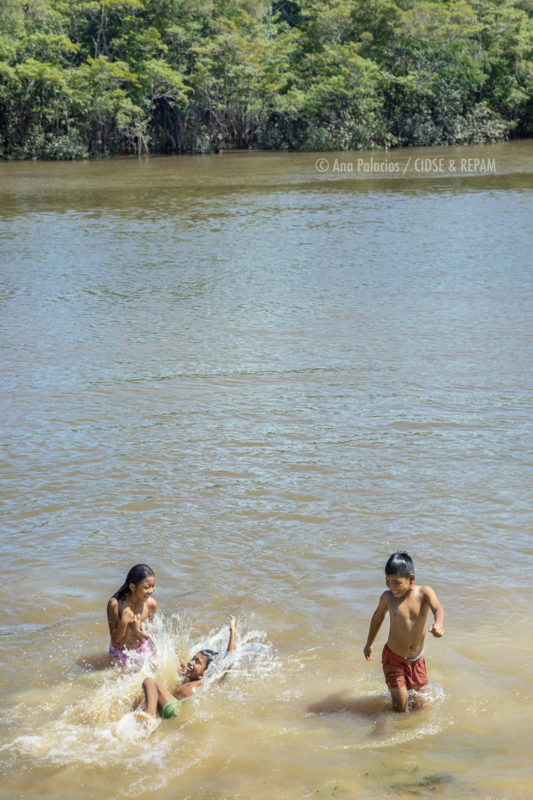
“We need to promote positive policies like offering incentives for reforestation to small and large-scale farmers. This would allow us to promote sustainable agricultural practices.Even encouraging tourism helps protect the jungle. In the past, young people would go to the countryside to work in the ranches. Today some still do, but it’s not like it used to be. While they do have a stable food supply, consolidating tourism would create employment opportunities for young people. Unfortunately, without job opportunities, they’ll take any offer and end up getting lost in other worlds, like drug trafficking, selling their bodies… By creating jobs in the sustainable tourism industry that helps preserve the environment—mapping and promoting hiking trails or creating bird watching routes—we can prevent young people from resorting to these very detrimental alternative sources of livelihood”.Marco Antonio
Guzmán Restrepo Director of the Production Sector and Environment at the Municipal Unit of Technical Agricultural Assistance (UMATA).
Puerto Nariño’s Mayor’s Office. Department of Amazonas. Colombia

“We organize conferences to discuss the repercussions suffered by boys, girls, and teenagers who were recruited throughout the nation during the war and the aim of these gatherings is to dignify these victims of forced recruitment.The Amazon region covers 42% of the territory of Colombia, but only 3.2% of the population of Colombia lives here. In other areas of the country, people saw the war on TV, but in Amazonia, we experienced war in the flesh because over 50% of the inhabitants of this department were victims of the armed conflict.Maybe the world associates this conflict with issues of drug trafficking and with a bunch of barbarians who have been killing each other for years. For us, there are objective problems to do with agrarian reform that was never carried out; problems with racism; problems with attitudes against women, against the LGTB community… These cultural constructs generated a lot of violence during the war. Many of these dynamics are embedded in society and, of course, in the armed operatives that were active all over the country”.
Jorge PulecioRegional Delegate of the Truth Commission Macroamazonía. Colombia
The Truth Commission is an official State organization that seeks to clarify the patterns and causes that explain the internal armed conflict in a way that complies with the rights of victims and of society to know the truth, promoting acknowledgement of what happened and peaceful coexistence among the territories, and helping to lay the foundations to prevent the conflict from reemerging through a broad-based and plural participatory process aimed at building a stable and lasting peace.

“The role of indigenous women is compromised because they are caught in the ambiguity of so-called ‘development.’” The struggle of indigenous women is invisibilized; it has been silenced by the conflict. They have been resilient in the face of multiple forms of violence during the past century and the present one. This invisibilization can still be perceived in languages, crops, cuisine, ritual celebrations, and in wise men and women.Although they have proven resilient in the face of multiple forms of violence during the past century and the present one, the struggle of indigenous women remains silenced by the conflict and these women are invisibilized in such aspects as languages, crops, cuisine, and ritual celebrations.The great challenge is to ensure that the right of women leaders to express themselves freely in defense of life is recognized and protected, that it is represented in the territory as a source of autonomy, of self-governance, as a space in which to survive in a mutually balanced relationship with mother nature. Educational policies tend to be militaristic, focused on the world of capitalist labor and the slavery of the other (companies, NGOs, etc.). They take over young people’s time and space without allowing them to quietly enjoy the rhythm of life. This produces agronomists who have no desire to try to understand the productive dynamics of indigenous peoples. It is an obsolete pedagogy that is boxed into a limited space, forgetting that the learning process for boys, girls, and teenagers is diverse and involves people of different generations”
Anitalia Pijachi KuyuedoOcaina-UItoto or Murui Indigenous Leader of the Janayari (“Jaguar”)
Clan.Graduate in Ethno-Education. Member of the Truth Commission. Leticia, Colombia

“Sexual exploitation and slave labor are two forms of human trafficking that we’ve identified in these communities in the Amazon.Trafficking networks are well aware of the vulnerable state of young people—boys, girls, and teenagers—in this territory. They know that many of them cannot find any other alternative in their communities and that, in the best of cases, they’ll finish school only to encounter barriers to continuing their studies and direct their lives towards a long-term project. These exploitation networks are people who frequently visit the area or live there; they are familiar with the situation and create small or medium-sized organizations to capture, transfer, house, and exploit [their victims].This isn’t forced or obligatory recruitment, instead it is subtly disguised as a ‘patronage’ and dressed up as opportunities, oftentimes even with the family’s consent, although the family is unaware of the full scope of what this entails. These situations are legitimized, naturalized, and excused.Working for several months at a sawmill or scraping coca at a plantation, are real work opportunities, and that’s why this often isn’t seen as a problem in the community but rather as a form of employment”.
Nathalia Forero RomeroCoordinator of the Defenders of Life Network and a member of the
Network to Confront Human Trafficking in the Triple Border
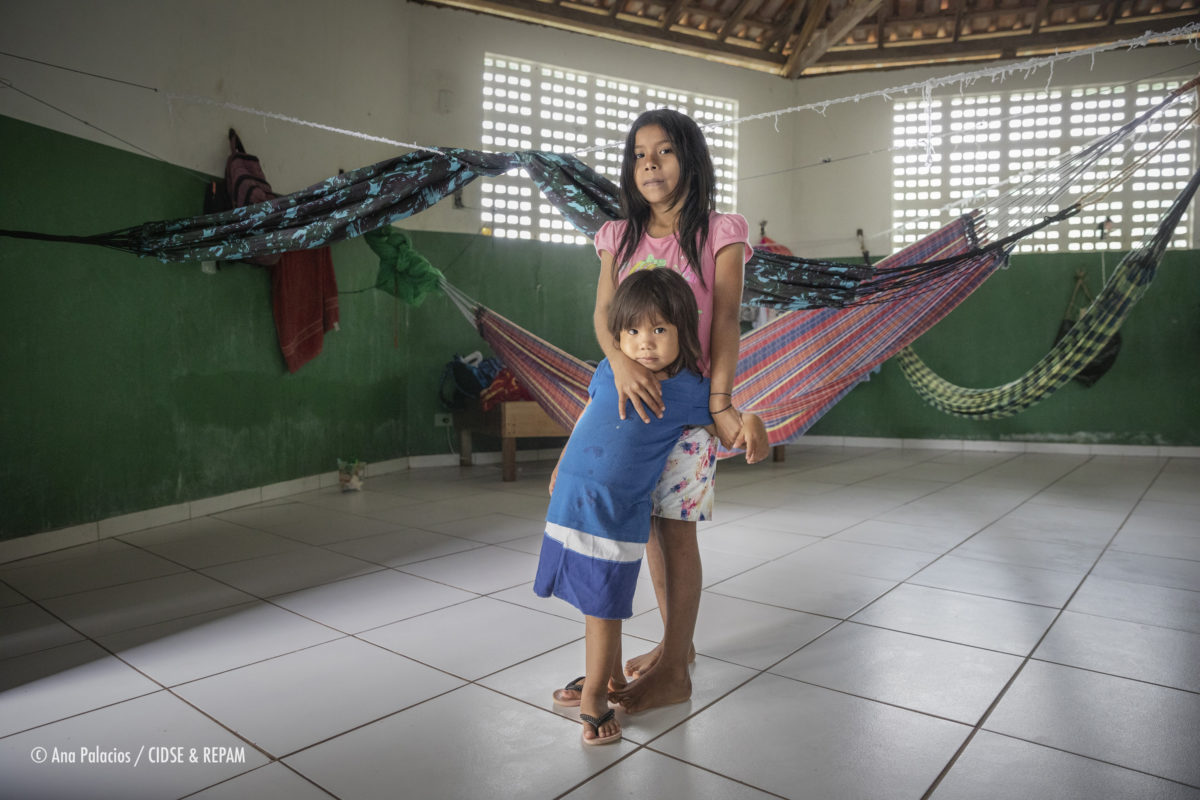
“CASAI or Casa del Indio [Indian House], is a space that offers support, a waypoint. In the villages, they have only primary health care. When people need more specific treatment they come here. We arrange for them to sign up for the Brazilian health care system. We handle all the paperwork for the hospitals; and, while they wait, they also get treatment here. It is made up of four little houses where we house the various communities:
Kulina, Marubos, Kanamarí, and Mayorunas”.Deocleciano Sousa Chaves Peixoto Director, Casa del Indio (CASAI) Atalaia do Norte. Brazil
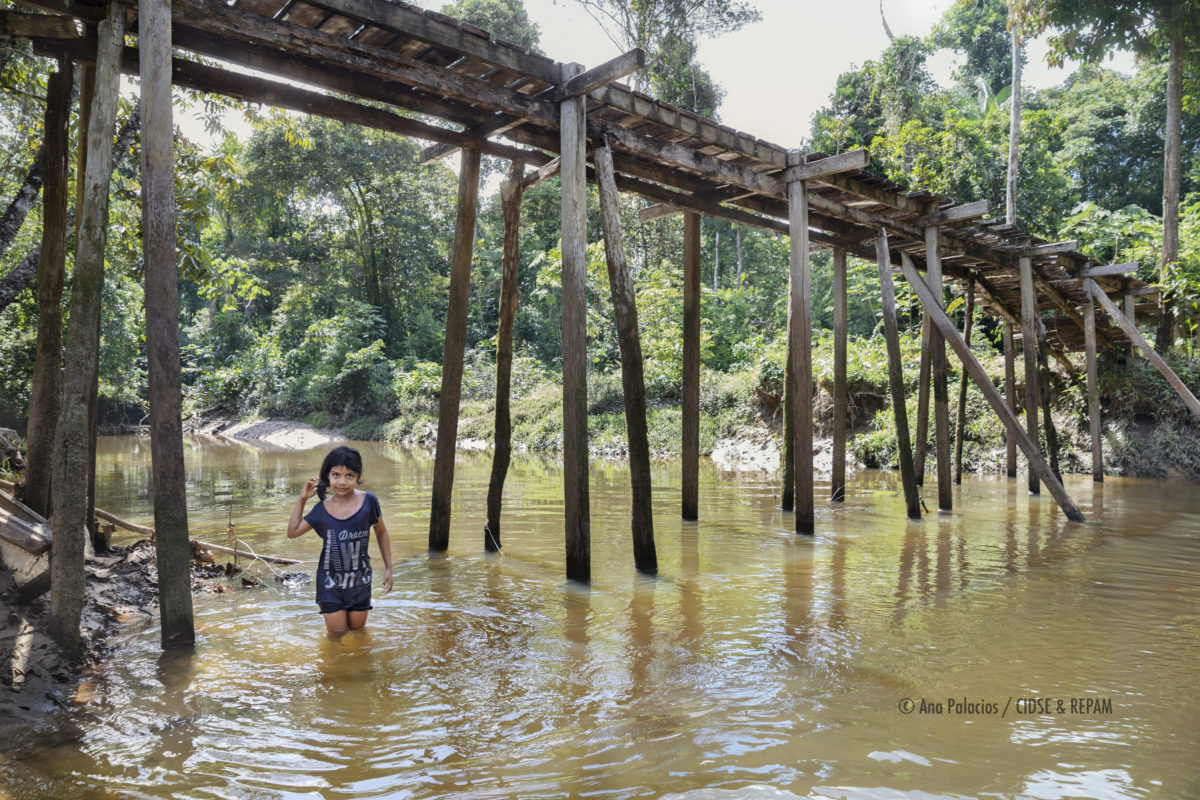
“The world has to look after the Amazon because it is our Common Home. It has to inject money in this area in order to protect the environment. Governments have to guaran-tee whatever is necessary to protect indigenous peoples and their cultures, and their territories, biodiversity, and social diversity. If its inhabitants are lacking economic opportunities, they will continue to deteriorate the environment at the service of logging companies or drug trafficking in order to survive and avoid being forced to migrate. But if they are offered a means of subsistence, they will behave responsibly and protect the territory, respecting the rights of people and of the earth ba-sed on a worldview that is inherent in their tradition”.
Edelmira PintoCoordinator of the San Francisco de Loretoyaco Indigenous Boarding School.
Puerto Nariño. Department of Amazonas. Colombia
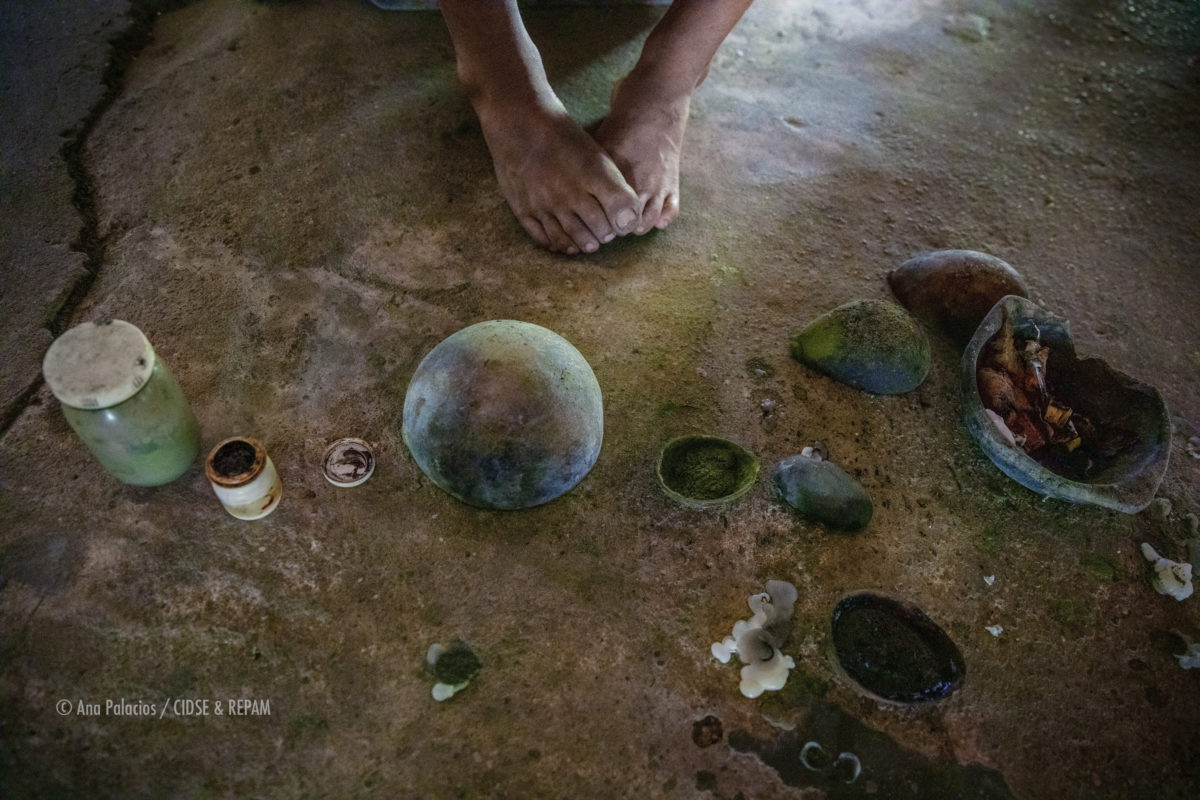
“We use coca leaves, sweet cassava, and tobacco to manage pain. When we feel weak or sick, we connect with God Almi-ghty through these offerings. We invoke the spirit of God and the spirits of our ancestors so that they will show us the way, give us strength and help us get up. This is how we cope with pain and conquer it. For us, coca is a sacred plant; the Westerners’ use of this plant is drug trafficking. For us, coca is meant to be used to work and to cure. It is not abused as a vice. It is part of our spirituality”.
Juan Enocaisa GuidoneTeacher and Indigenous Leader of the Murui People at the “El Estrecho”
Community, Guepí Reservation, Teniente Manuel Clavero District, Department of Alto Putumayo, Peru

“We draw up proposals to defend our rights, to guarantee access to quality intercultural indigenous education with educational curriculums that respect native languages and to ensure access to the health care system.We work to strengthen indigenous organizations to ensure that public resources are managed effectively in their territories and that it’s the indigenous communities themselves who manage these resources. These policies look good on paper, but they are not implemented because the institutions in charge of carrying them out are weakened by corruption, because there’s no political will, and because there are conflicts of interests. Our job is to teach indigenous women about their rights, to food sovereignty, healthy food, and enjoyment of their economic, social, and cultural rights. We train them to incorporate objectives aimed at preserving their culture and natural resources in their projects from the perspective of integral ecology.Training these women is a way to start raising awareness among families, ensuring that indigenous families respect children’s right to life”
.Fany Kuiru CastroWomen, Children, Youth, and Family Coordinator at the Organization of Indigenous Peoples of the Colombian Amazon (OPIAC)
She is the only Murui woman in the Colombian Amazon to have graduated as a lawyer. She specialized in Senior Government Management and has a master’s in Political and International Studies with a laureate thesis based on indigenous women’s resistance during the Violence in Cauchería.
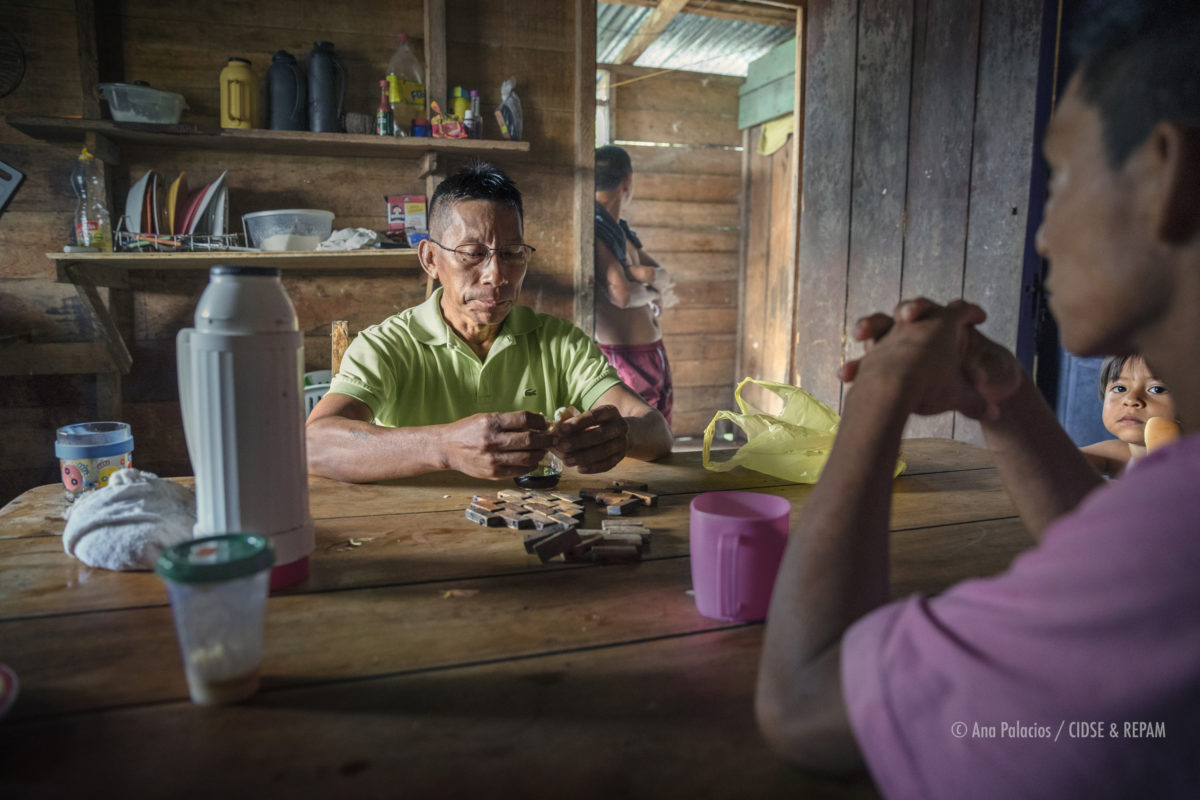
“For years, we have been suffering the assaults of intruders in our valley. We have been invaded by logging companies that are destroying nature, unscrupulous gold diggers, and illegal hunters who are depleting stocks. We respect the cycle of life and they don’t; they’re destroying everything. Oil companies have no respect for the earth, and they’re polluting our rivers, thus damaging the health of its inhabitants. This is not just affecting the valley, it is affecting the entire Amazon and the planet because this is everyone’s home.This government is backing us into a corner. It is violently attacking our rights, leaving us with no resources to defend the jungle, cutting education and health budgets. Many people are forced to leave this land because they cannot survive. That is what Bolsonaro wants so that he can exploit the valley at his whim. He’s also disempowering the FUNAI (National Indian Foundation) by depriving it of most of its financing and undermining its capacity to serve this vast territory. Bolsonaro’s government is annihilating us, and that’s why it’s important to speak out so that people know what is happening to the indigenous peoples of Brazil and take some sort of action”.
Andrés Wadick Indigenous Leader of the Mayoruna People
Acknowledgments
This exhibition is the fruit of an international media trip to the borders between Colombia, Peru and Brazil organized by CIDSE and REPAM in July 2019:Thank you for confiding your testimonies: Abijan Fernández, Adán Martínez, Akile Abel Antonio Arango, Alberto Panichela, Alonso Arango, Andrés Wadick, Anitalia Pijachi, Bushe Matis, Capitán Absalón, Cloves Rufino Reis Marubo, Cloves Rufino Reis Marubo, Cristina Larraín, Daniela Andrade, Deocleciano Sousa, Dominik Szkatula, Edelmira Pinto, Edilma Ramos, Elver Isidio Viena, Ewerton Oliveira Reis Marubo, Fany Kuiru, Felipe Da Costa Marubo, Fernei Pereira, Francisco Pinto, Gilberto Nascimento Doles Marubo, Iván Xunu Matis, Ivanés Favretto, Joaquín Humberto Pinzón, Jorge Pulecio, Josianne Gauthier, Juan Enocaisa, Liseth Escobar, Lorenzo Guzmán, Magnolia Parente, Make Bush Matis, Manoel Barbosa Da Silva Marubo, Manoel Barbosa Da Silva, Marco Antonio Guzmán, Marcos Guzmán, Marcos Paulo Gonçalves Fortz Matses, María Das Dores Rodrigues de Moura, María de Fátima Batista, Maria Emilia Kuche, María Teresa Urueña, Marta Barral, Marta Isabel González, Martha Alicia Reynoso, Mauricio López, Nathalia Forero, Nubia Stella Torres, Obispo Adolfo Zon, Padre Alfredo Ferro, Padre Valerio Sartor, Patricia Calderón, Patricia Calderón, Patricia Damancio, Paulo Dollis Barbosa da Silva Marubo, Ruth Chaparro, Sandra Vargas Dionisio Marubo, Santiago Yahuarcani, Tatiana Santana, Teolinda Bautista and Tumi Matisand to everyone who welcomed us into their homes and offered us their words.
GENERAL DOSSIER of PHOTO EXHIBITION (in PDF) (Spanish /Italian/ English)

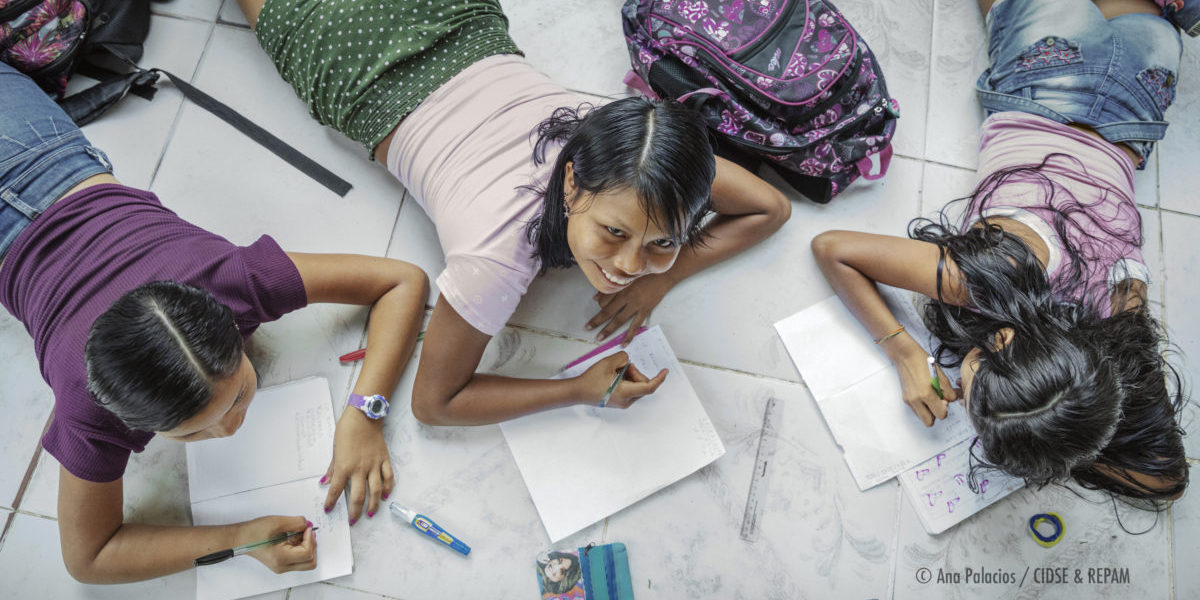
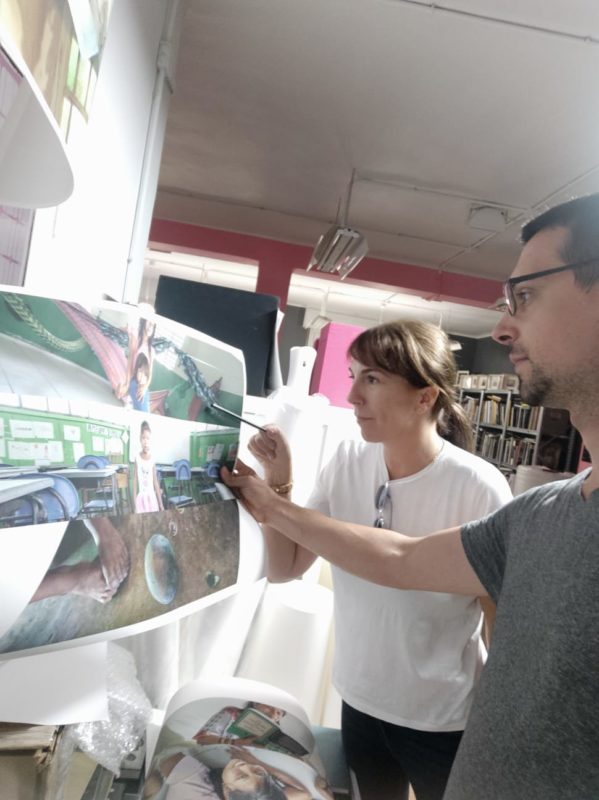






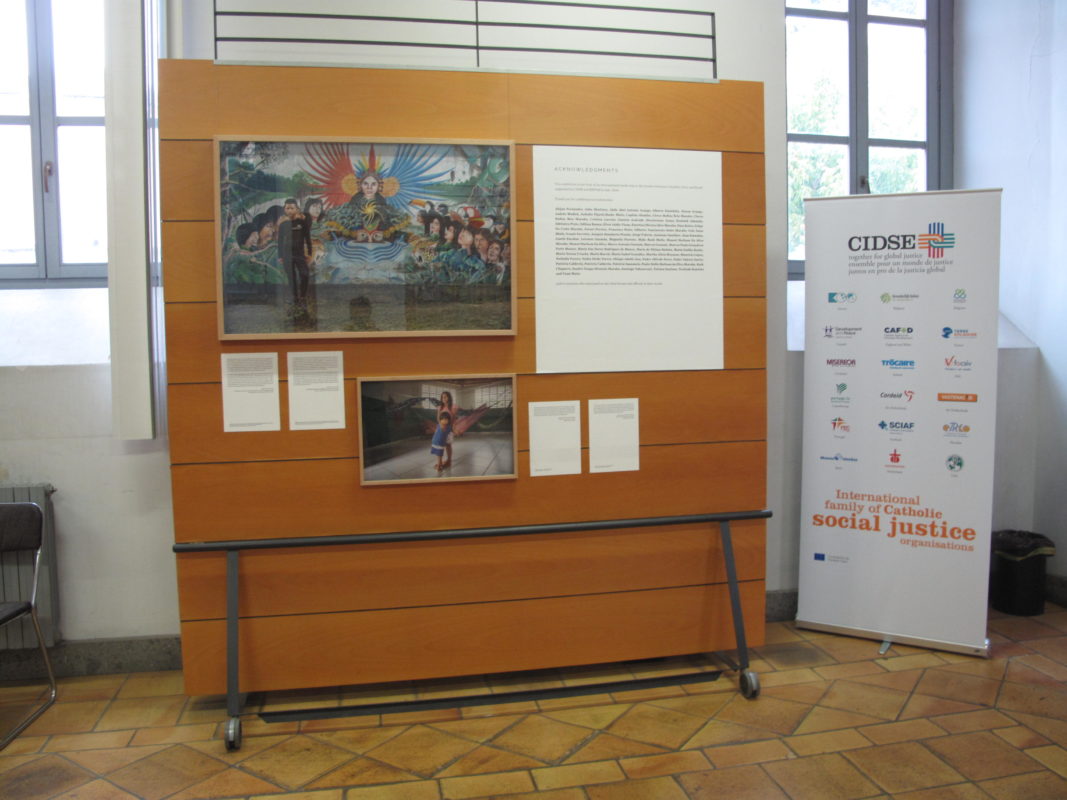
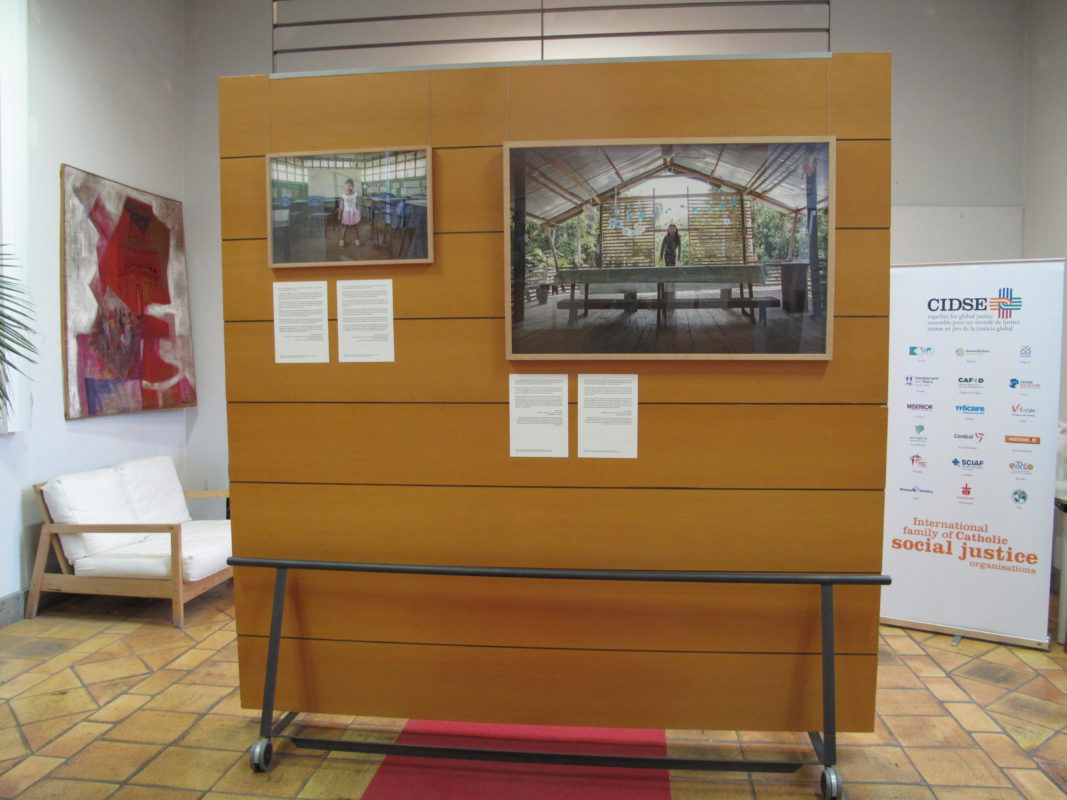

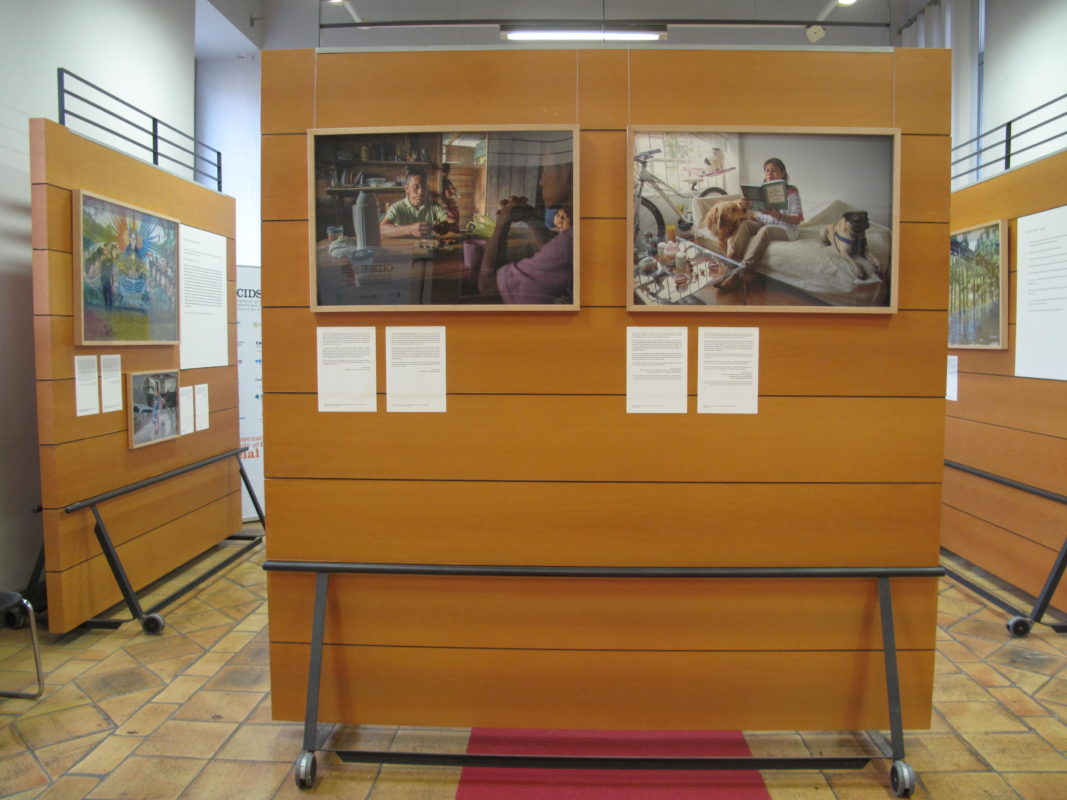

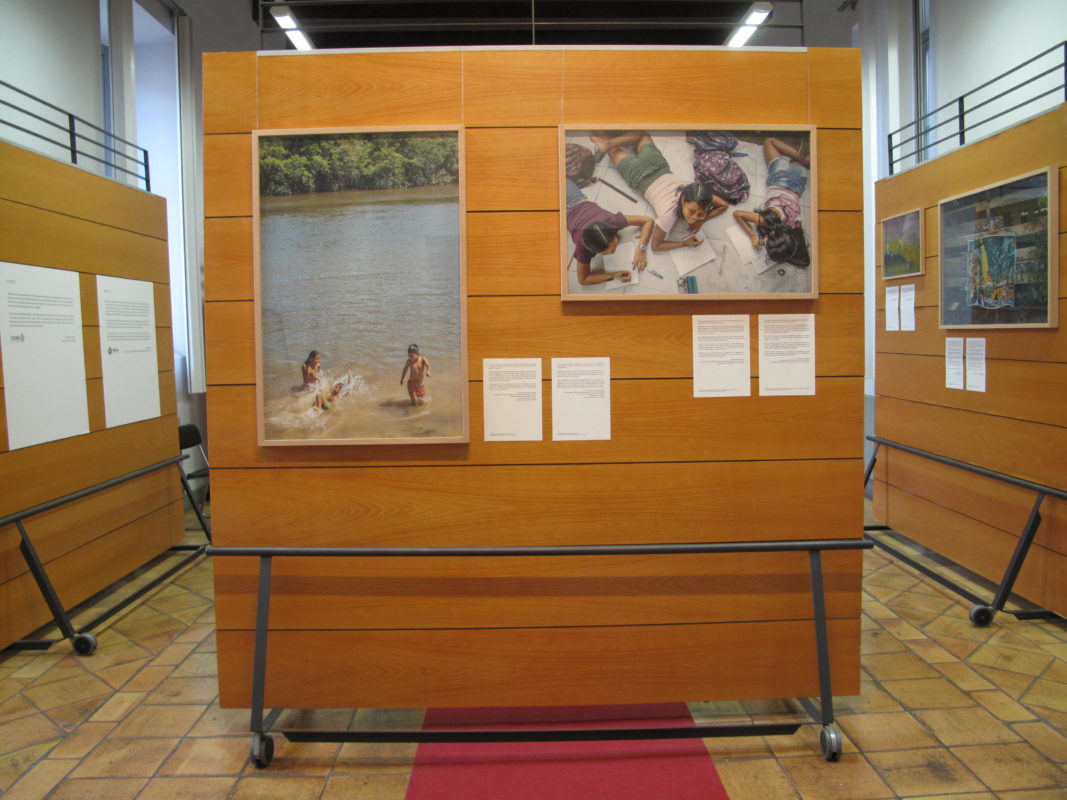
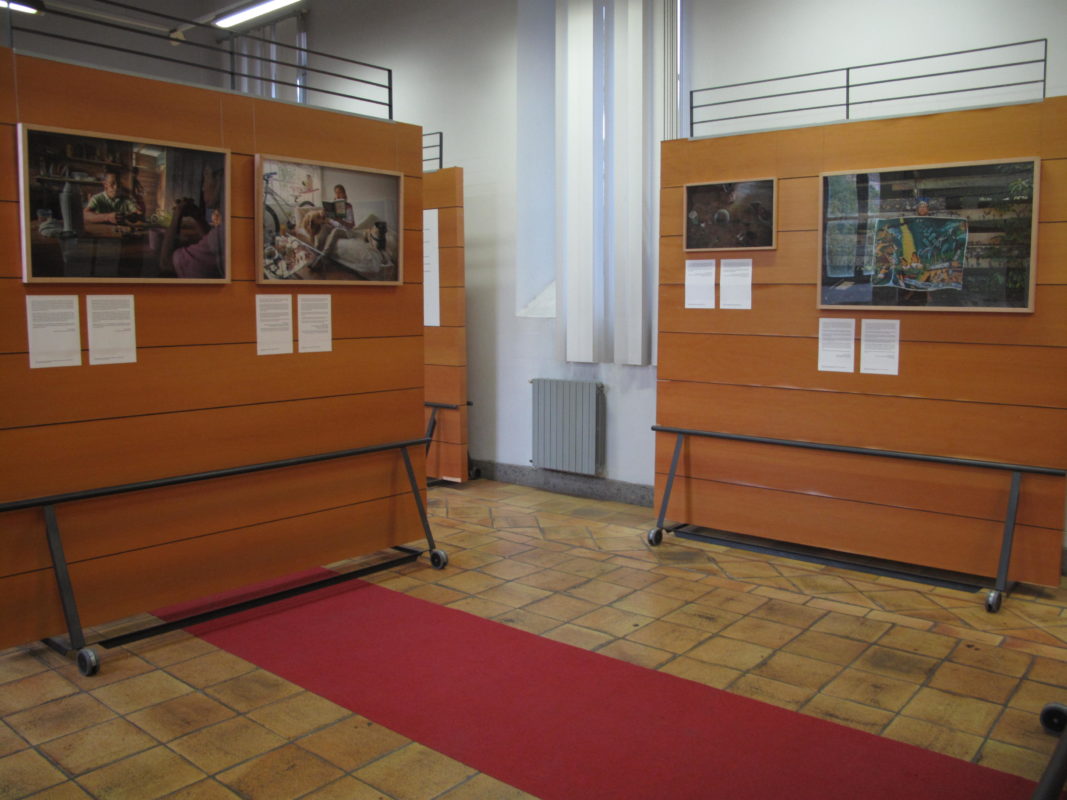
 Subscribe to our channel
Subscribe to our channel